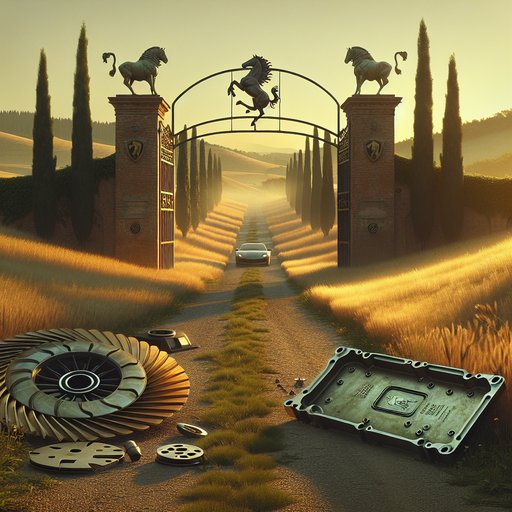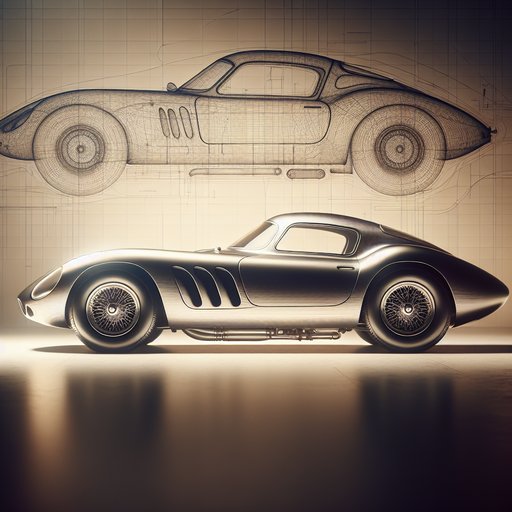
For years, the badges said everything: TDI, HDi, dCi, JTD. They were shorthand for torque without drama, for long hauls on a single tank, for a thrifty answer to carbon targets. Now the decals fade on secondhand lots and the blue caps for AdBlue gather dust by the tills. The diesel that once seemed the sensible heart of the European family car is retreating from the curb. Its decline is neither sudden nor simple; it plays out in regulations and road tests, but also in habits, sounds and the air itself. The story is technical, yes, but it is also personal, a change you can hear every morning on a cold start that never comes.

In the flat fields between Bologna and Modena, two emblems faced one another across hedgerows and centuries: a prancing horse painted on factory gates in Maranello, and a snorting bull cast in bronze in Sant’Agata Bolognese. The story of Ferrari and Lamborghini is not a tale of wheel-to-wheel duels as much as it is a contest of pride, engineering, and the stubborn refusal to be second. It begins with a clutch plate and ends—so far—with electricity humming beneath carbon tubs, but the middle is all gasoline, metal, and the heat of Italian summers.

The great rally cars wore ordinary badges. They rolled out of dealerships with shopping bags in their trunks, and then, with thicker springs, extra lamps, and a roll cage, they went hunting across ice, gravel, and volcanic ash. From the Saabs and Minis that dug studs into the Alps to the Polos and Yaris that later carved arcs at 200 kph through Finnish pine, mass-market makes kept finding speed in unlikely places. The stages changed, the rules evolved, and the technology marched on, but the road-going ancestry of rally’s heroes gave them their bite—and gave spectators a reason to point from a windswept bank and say, that looks like my car.

Iconic is a word that bends under overuse, but some shapes refuse to let it collapse. The Porsche 911 has traced the same curve for six decades: a hood that falls away like a horizon, a roofline that arcs and slides, a tail that hints at the engine hiding behind the axle. This is not a legend told from barstools, but a history stamped in aluminum and magnesium, measured in rally stages, lap charts, and the steady hum of everyday commutes. Conceived in the early 1960s and constantly refined since, the 911 has endured shifting regulations, changing fuel, and new expectations for safety and efficiency. Its story is the persistence of an engineering idea—and the quiet stubbornness of a silhouette that keeps working.










































